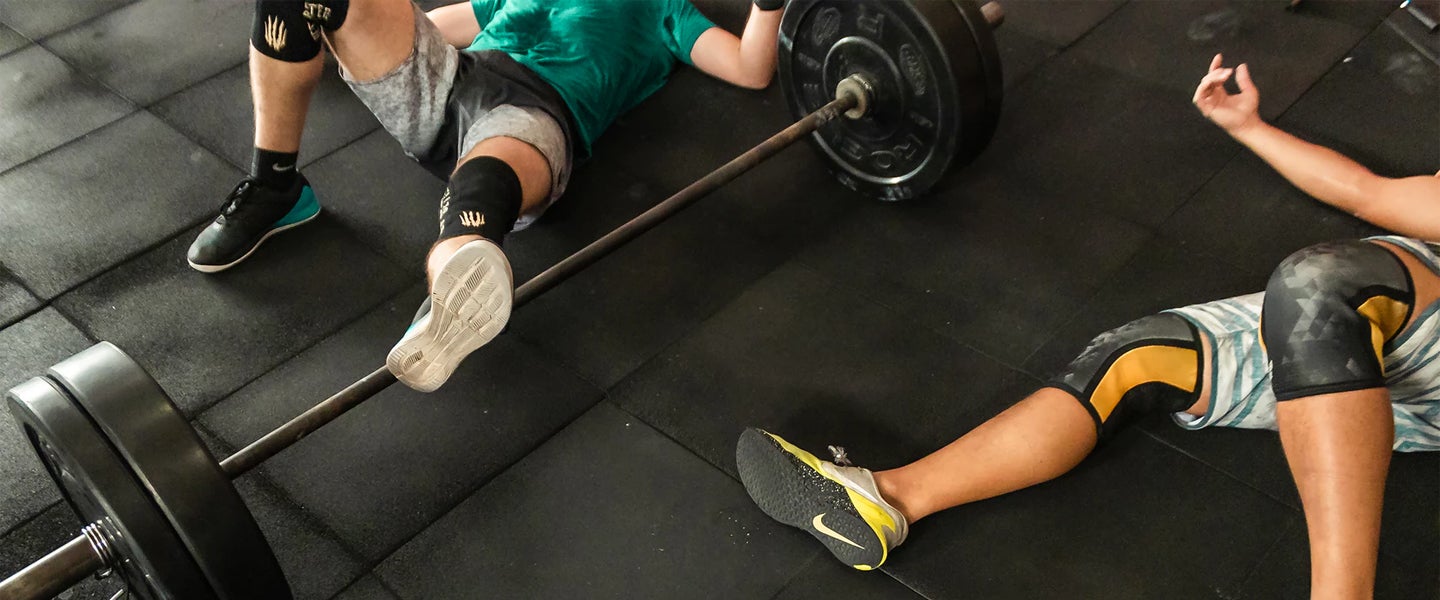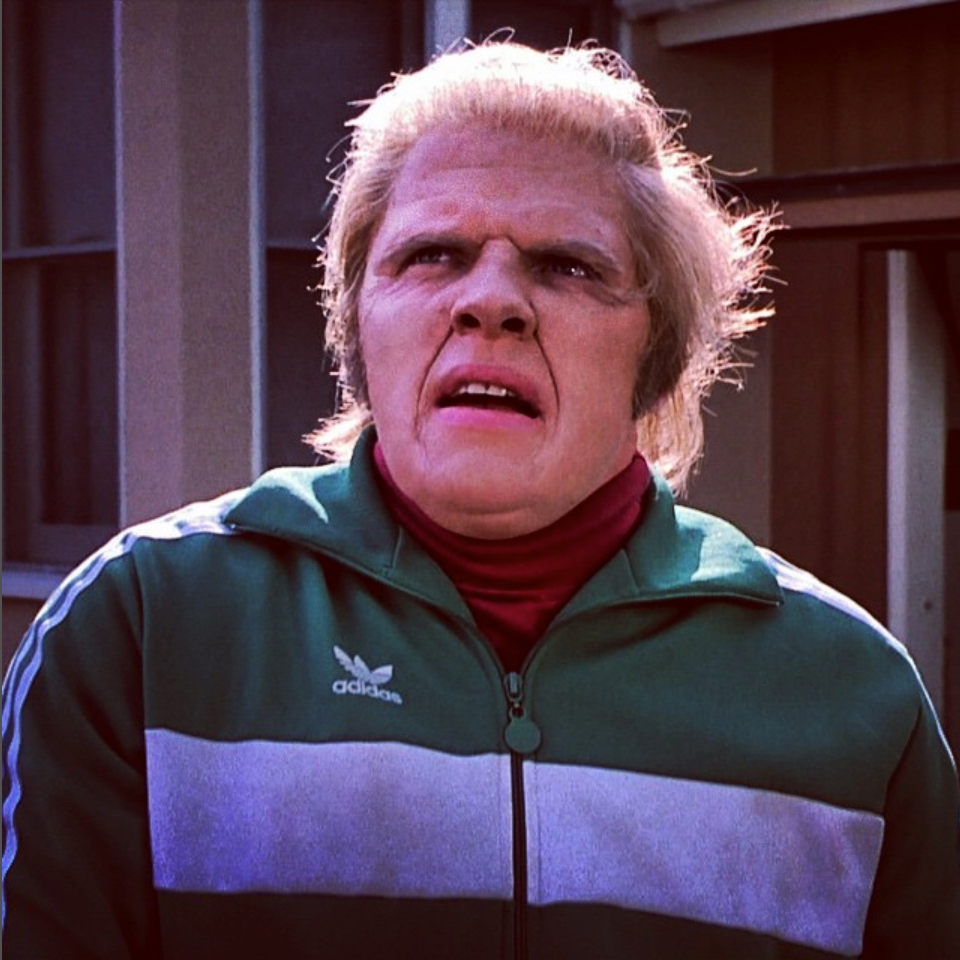When it comes to working out, we’re not all strongmen like Hafþór Júlíus Björnsson (aka The Mountain). In fact, many of us could go our entire lives and still have no clue how a lat pull-down differs from an incline bench. Which is to say, there’s no shame in not knowing your way around a gym, or how to start the process of getting in shape. Plus, that’s what we’re here for — to make sure that when you are in the gym, you at least never have to sweat the small stuff.
I’m a new dad, and I basically took off the last three months (okay, three years) from the gym raising my kid. I know the moment I try to get back into my workout routine, I’m going to be sore AF. Is there anything I can do to ease back into my workouts without getting sore?
Do you want the good news, or the bad news? The good news is, there are things you can do to mitigate the soreness that comes with pushing your body physically in ways it’s not used to. The bad news is, you can’t stop soreness completely, and some of the things you’re going to have to do, you’re probably not going to like.
But first, let’s get into what we’re dealing with here. DOM DOM DOM DOM! No, that’s what it’s called: DOMS, or Delayed Onset Muscle Soreness, i.e., that dull, painfully achy tightness that makes you feel like your legs are cemented to the floor and your arms are attached to suitcases full of cinderblocks.
DOMS is caused by microscopic physical damage to muscles as a result of repeated lengthening contractions, the kinds of contractions we put our muscles through when we stand up from a squat or release a bicep curl. It’s most acutely felt by people whose muscles aren’t used to that kind of strenuous contraction, though DOMS can affect anyone, and is prevalent in young and old athletes alike.
Perhaps the worst part about DOMS is its reputation as a motivation killer, because just when you think you’re back in the swing of things, BAM!, its delayed onset can cause you to lose the ability to walk or lift things over your head — two massive problems when most exercise routines require you to do one or both.
So what can be done about your DOMS problem? The first thing you can do is think about what you do first. What I mean is, what’s the first thing you do in the gym? If it isn’t a set of full-body dynamic stretches followed by a healthy set of cardio aimed at warming up those ice-cold muscles, then let me tell you, you might as well stay home, because by the following morning, you’ll sure as shit wish you did.
After you’ve stretched and cardio-ed, you can start your workout, but don’t think for a second your work is done. Because when you’re finished jamming on the bench press and lat pull-down, you’ll want to try to flush as much blood through your now-damaged muscles as possible to begin the repair process. That means spending some time in a sauna, and ideally, an ice bath. Swapping between hot and cold will cycle through the constriction and dilation of your blood vessels, causing a vacuum of sorts that can help bring fresh red stuff to your beat-up biceps, triceps and quadriceps — basically all the ‘ceps.
But all of this can only do so much — i.e., you’re still gonna have some soreness when you hit the couch. Which brings me to probably the single best approach for fighting DOMS: More workouts. I know, it’s like I’m telling you the cure for getting punched in the face is another punch in the face, but studies have shown that training while still sore can help your body adapt faster, which ultimately will shorten the amount of time you’ll spend all DOM-ed out.
One last thing to keep in mind: That soreness never really goes away, no matter how yoked/swole/buff you become. Because adding muscle is all about tearing muscle, which is always gonna bring the pain.

